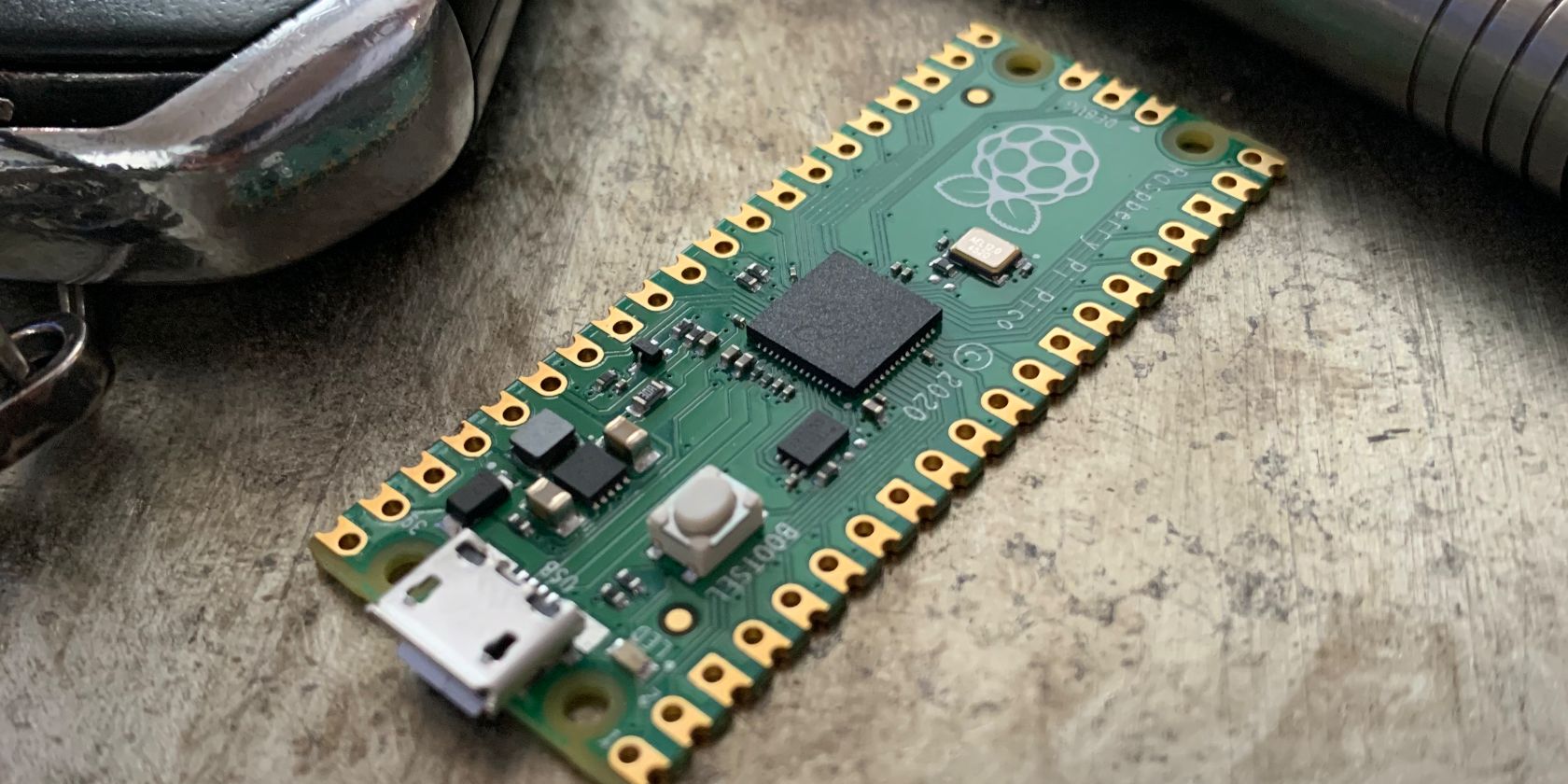

This was ideal for me because I often wind up tinkering with a third-and sometimes fourth-computer at my desk, particularly when I’m working on one of my DIY NAS builds.

Among the topics discussed in the video was an inexpensive 4-port KVM switch made by ezcoo, the ezcoo EZ-SW41HA-KVM. Thanks to Novaspirit Tech on YouTube and his Q&A video about the Pi-KVM, I was already aware of what I wanted to try next. Adding a 4-port KVM Switch, the ezcoo EZ-SW41HA-KVM Either I’d need to build yet another Pi-KVM, or find a KVM switch that I could trigger from Pi-KVM to swap between the two hosts. When I started out, I planned on just sharing the same Pi-KVM with both machines, but the more I thought about it, the more I realized that I wanted to avoid having to swap the cables between the two servers. I also began contemplating improving the Pi-KVM I was planning to use with my DIY NAS and my homelab servers in my office. Most notably, I wanted one to use in my “recording studio” where I do most of the work in assembling my DIY NAS builds. Following that, I built another one that I could easily use with other computers outside of my office. Part Two: Pi-KVM: Controlling a 4-port KVM and setting up TailscaleĪfter building a Pi-KVM for Pat for Christmas, I was hooked and quickly built one for myself.Part One: Pi-KVM: an inexpensive KVM over IP.Regardless of how much I spent, I felt like I got a great value out of what I built.
#Neorouter raspberry pi pro#
By building mine from a CanaKit Raspberry Pi 4 Model B (4GB) Pro Kit, I wound up spending quite a bit more than that $80. When I did my initial research, I learned that building a Pi-KVM can be done incredibly inexpensively-it would cost less than $80 to build one from the recommended parts list. You plug the Pi-KVM into your network and into a computer and then from anywhere else on that network, you can remotely control that computer as if you’re sitting in front of it, including doing things like accessing the remote machine’s BIOS. If you’re not aware, Pi-KVM is an open-source project that allows you to turn a Raspberry Pi into an IP-KVM. In a previous blog, I raved about how awesome Pi-KVM is.


 0 kommentar(er)
0 kommentar(er)
